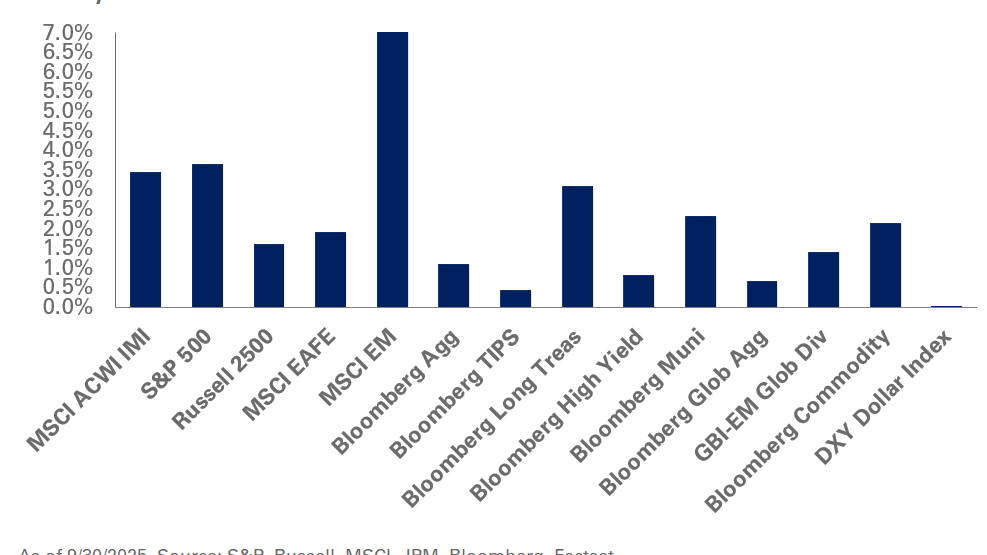Cash balance plans are enjoying renewed popularity among corporate employers on the heels of the Internal Revenue Service’s clarification on legislation around this type of pension plan.
These plans are especially popular among law firms as it allows partnerships higher deductible limits for participants, higher maximum contribution allowances, and the potential for participants to significantly increase their retirement savings in a short period of time.
A cash balance plan is a defined benefit pension plan in which participants have individual account balances that grow through pay and interest credits. Pay credits can be a percentage of the participant’s salary or a fixed dollar amount that is credited to the account, as defined in the plan document; interest credits are a rate of return earned on the account, also defined in the plan document.
At NEPC, we consult on a variety of cash balance plans that have different interest-crediting options. Our goal is to tailor investment solutions based on each plan’s unique circumstances. The following are the different interest-crediting options used by plan sponsors, each possessing its own risk profile:
- Flat Rate
This is a pre-defined fixed rate used to credit the account balance. The maximum crediting rate allowed is 6%; most plans tend to use a rate between 4% and 5%. There is no volatility in interest credits for the participant, with the full risk borne by the plan sponsor. Plan assets need to earn enough over time to cover the defined interest payments, which is more difficult when cash and interest rates are well below the flat rate. Any shortfall results in higher contributions from the plan sponsor.
- Treasury-yield Based
With this approach, the interest credit is based on the yield of US Treasury bills, notes or bonds. Participants’ account balances earn interest based on the yield of specified Treasury maturities from three months to 30-years. Maturities less than seven years require an additional margin. The most common Treasury-based interest credit rates use 10- or 30-year yields. Using this method provides relatively stable interest credits for the participants, but can result in lower benefits for participants in a low-interest-rate environment. From a plan sponsor’s perspective, risk is shared with participants as interest credits fluctuate with yields, but the selected yield itself is not an investable instrument. Positioning assets to fund the interest credits from investment returns can pose a challenge for plan sponsors.
- Corporate Bond Index Yield
In this infrequently utilized method, the yield on a pre-defined corporate bond fixed-income benchmark is used to credit the participant’s account. This approach is similar to the Treasury yield-based option except for the yield, which is higher for similar maturities given the higher risk premium of lending to companies versus the US government.
- Combinations of Methods
In general, these methodologies can be combined. For example, the interest crediting rate can be the greater of the 10-year Treasury yield or a flat rate of 3%. Managing a cash balance plan with such an interest credit floor poses additional challenges for the plan sponsor; if rates are low and below the floor, the credit acts like a flat rate option. If rates are higher, assets need to out-earn the yield.
- Market Rate
These interest credits are based on the actual investment returns of assets specified under the plan. Some financial risk is transferred to the plan participants, like a defined contribution plan, since the crediting rate is based on the performance of the investments. In strong markets, participants will receive higher credits; however, they may lose money in their accounts in a downturn. One safety net: the cumulative returns have a floor of 0% at retirement or, in other words, the hypothetical account balance must be at least equal to the pay credits earned.
Most new cash balance plans are set up with the market rate option for interest crediting as it allows the plan sponsor to more effectively hedge the interest crediting risk. That said, it does not hedge the overall liability or funded status of the plan.
For more information, please reach out to your NEPC consultant to understand the investment implications of these various interest crediting options.



